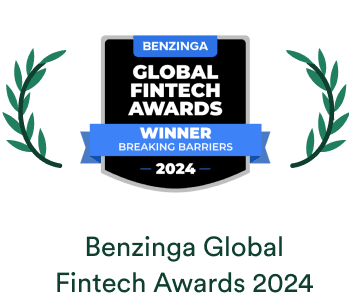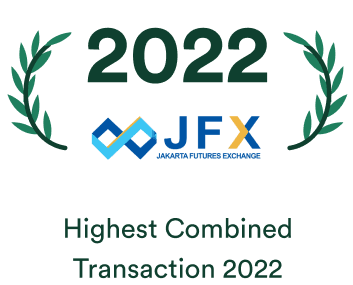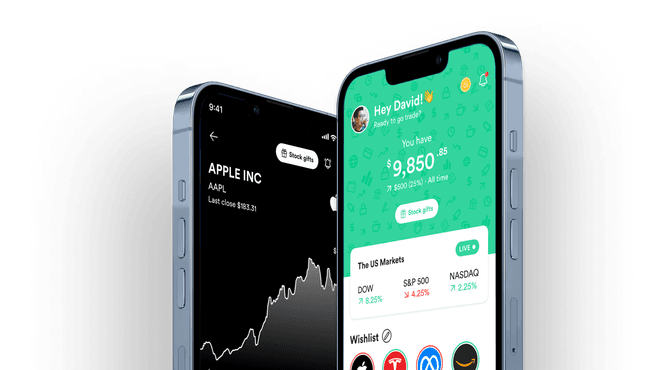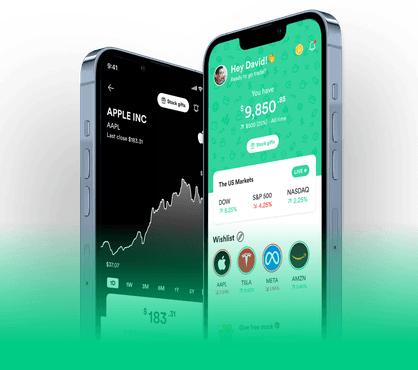Every investor faces a key question: should you try to beat the market or simply grow with it?
These two philosophies, active and passive investing, define how people build wealth. Each has distinct advantages depending on your goals, risk tolerance, and time commitment.
What Is Active Investing?
Active investing means trying to outperform the market through frequent buying and selling. Investors study charts, analyze company fundamentals, and time their entries and exits based on market trends or economic news.
For example, an active investor might buy Apple or Nvidia before an earnings report and sell after a price jump. The aim is to capture short-term gains and stay ahead of index performance.
Key Traits
- Frequent trading and hands-on management
- Goal: Beat the market
- Relies on skill, timing, and analysis
- Typically higher fees and taxes
What Is Passive Investing?
Passive investing focuses on matching, not beating, market performance. Investors buy and hold index funds or ETFs that track benchmarks like the S&P 500 or Nasdaq-100.
A passive investor might purchase an S&P 500 ETF and hold it for decades, letting market growth and compounding work naturally.
Key Traits
- Buy-and-hold strategy
- Goal: Match the market
- Minimal trading and lower costs
- Ideal for long-term portfolios and retirement plans
Active vs Passive: Main Differences
| Feature | Active Investing | Passive Investing |
|---|---|---|
| Goal | Beat the market | Match the market |
| Trading | Frequent | Minimal |
| Risk | Higher | Lower |
| Fees | Higher | Lower |
| Time | Requires attention | Mostly automated |
| Best For | Tactical, experienced investors | Long-term, hands-off investors |
In short: active = effort and precision, while passive = patience and consistency.
Pros and Cons of Active Investing
Pros
- Potential outperformance: Skillful investors can beat indexes.
- Flexibility: Can react quickly to market news.
- Control: Choose assets, sectors, and timing directly.
⚠Cons
- High costs: Trading and management fees reduce returns.
- Emotional decisions: Fear or greed often affects judgment.
- Uncertain success: Most active funds underperform benchmarks long term.
Pros and Cons of Passive Investing
Pros
- Low fees: Minimal costs mean higher net returns.
- Diversification: Broad exposure lowers risk.
- Simplicity: No need for constant monitoring.
Cons
- No market-beating potential: Returns follow the index.
- Limited flexibility: Can’t sidestep downturns.
- Slow adjustments: Portfolios change gradually.
Which Strategy Is Better?
There’s no single winner, both can be effective.
- Active investing fits those who enjoy research, risk-taking, and timing trades.
- Passive investing suits investors who prefer steady, long-term growth without daily involvement.
Historical Insight
According to S&P Dow Jones Indices, about 80% of active fund managers underperform the S&P 500 over 10 years. That’s why passive investing has become dominant among long-term investors.
However, active management can still outperform during volatile or niche market conditions when skilled traders spot short-term opportunities.
Combining Active and Passive Approaches
You don’t need to pick just one. Many investors use a hybrid approach for balance and flexibility.
Example:
- Build a core portfolio with passive index ETFs for stability.
- Use a smaller active portion to trade high-growth sectors like AI or clean energy.
This blend allows steady compounding while keeping room for tactical plays.
How to Choose What Fits You
Ask yourself:
- How much time can I spend?
- Limited time → go passive.
- Do I enjoy analyzing markets?
- Yes → try active trading.
- What’s my risk tolerance?
- Conservative → passive fits better.
- What’s my goal?
- Beating the market → active. Matching it → passive.
The best strategy is the one you can stick with consistently through all market conditions.
The Role of Costs and Discipline
Long-term success depends less on picking the perfect stock and more on staying invested and minimizing costs.
Even a 1% difference in fees can significantly impact returns over 20 years. Passive investing’s lower expenses often lead to stronger results for the average investor.
Key Takeaways
- Active investing aims for outperformance through analysis and timing.
- Passive investing focuses on matching the market with low costs and discipline.
- Most investors benefit from a core passive portfolio, with selective active exposure.
- Time, patience, and consistency matter more than trying to predict every move.
Conclusion
Both active and passive strategies can build wealth, what matters is how well your approach fits your lifestyle and risk profile.
If you want control and flexibility, go active. If you value simplicity and steady growth, passive investing is your ally. Many investors succeed by combining both.
FAQ
1. Which strategy is better for beginners?
Passive investing, since it’s simpler and lower-risk.
2. Can active investors beat the market?
Some can, but most underperform long term due to higher costs and taxes.
3. Is it okay to mix both?
Yes, a hybrid approach offers balance between stability and opportunity.
4. Is passive investing risk-free?
No, it still follows market movements but generally fluctuates less than active trading.
Disclaimer
Gotrade is the trading name of Gotrade Securities Inc., registered with and supervised by the Labuan Financial Services Authority (LFSA). This content is for educational purposes only and does not constitute financial advice. Always do your own research (DYOR) before investing.











